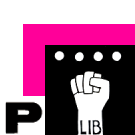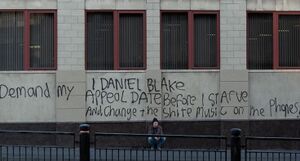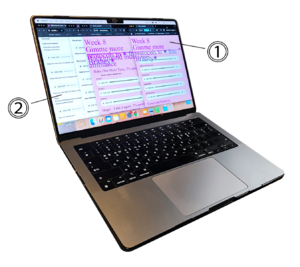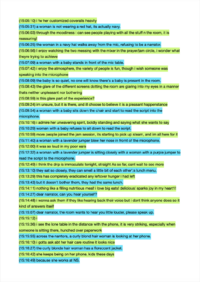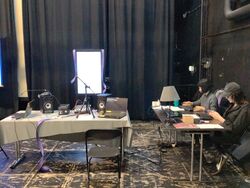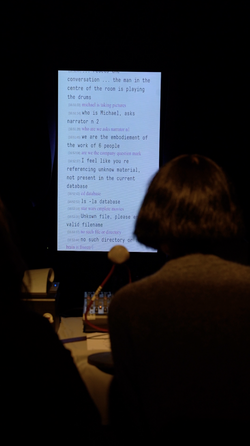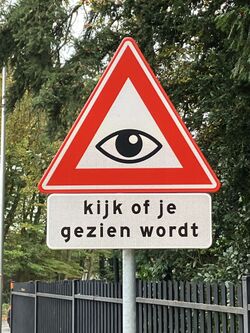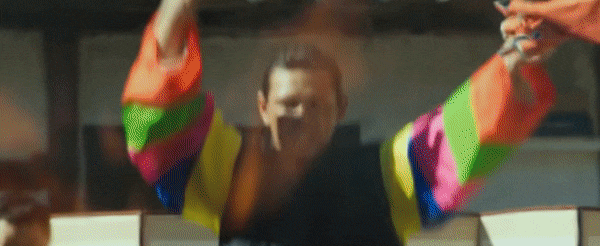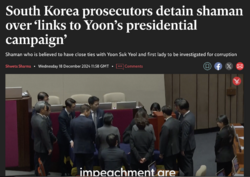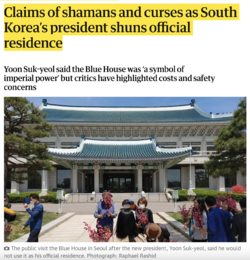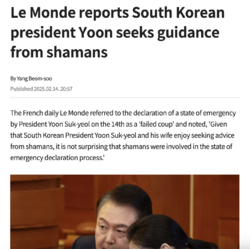User:Zuhui//T2 Assessment
SI25
Radio Shows
SI25 Broadcast 5: Protocols For Bad Customer Service
Roles: Claudio(producer) / Charlie(interface) / Wyn, Fred + Zuhui & Eleni(host)
SI25 Broadcast 6: Protocol to Free Britney
Roles: Tessa(producer) / Feline(interface) / Charlie, Imre, Zuhui(host)
SI25 Broadcast 9: Event ReMix'd
Roles: Lexie(producer) / Zuhui(interface) / Kim, Wyn(host)
SI25 Broadcast 10: The Final Broadcast
Roles: Zuhui(producer) / Fred(interface) / Lexie, Sevgi, Tessa(host)
Public Moment
Sounds of Making, ‘Lost in Narration’
with Lexie, Claudio, Kiara, Chrissy, Eleni
SI25 Post-mortem / Reflection
"...Perhaps, at its core, radio is more than a platform for performance - it's a celebration of liveness. Every broadcast we created reaffirmed that it's a space where unpredictability becomes a tool, errors and mistakes foster intimacy, and the connection between maker and listener becomes unique with each context presented."
↑ from the SI25 introductory text written together with Claudio
Of the event
On performativity
this phrase I came across by chance became a central motif that helped shaping the Writers' Protocol as part of the performance:
"Kijk of je gezien wordt"
in connection to performativity, this phrase implies the liveness of the gaze, it asks:
- "who is watching me right now? Am I being watched -right now, in this moment?”
and this question mattered because each part of the performance relied on someone being percieved in real time, whether they are watching, reading aloud, or listening. And the performance operated in such loop:
- writers see → turns what they see into a live script → a spectator reads the script out loud → others(audience) also see and hear it(in a form of soundscape) → the whole process flows back into the space →
The scripts that were produced in this performance never stood alone, they needed a reader, listener, a voice, a body as a vehicle to carry them into existence:
- - they could only become an event when someone is reading
- - they could only become sound when read aloud
- - they could only take shape through someone's voice
in this sense, the audience could subtly shift from being just spectators to becoming performers - simply by becoming aware that they’re being seen, and by participating in the loop through voice, hovering around the writers, or just giving attention. Therefore the act of being seen becomes the condition of the script (and for the narrative) to exist at all. and this process resonated deeply with how I first came to understand the concept of performativity.
On power dynamic
One of the most unexpected things I learned through this performance was how power circulated through roles, bias and visibility.
- - the performance wasn;t as neutral as I might've anticipated
- - who got to do what --observing/writing, narrating, or just being a spectator actually shaped how much influence each person had
- - roles were part of the (subtle)power structure
Methods
Important Keywords
- Performativity
- Constraint
- Protocol
- Clinamen
- Side Narrative
- Non-Linear Narrative
- Joke
- Nonsense
- Reflexivity
- Author
Texts that inspired me
- Georges Perec's Thinking Machines, David Bellos
- The Carrier Bag Theory of Fiction, Ursula Le Guin
- Looking back and not behind. On the concept of Performativity, Melanie Sehgal
- Misplaced Concretism and Concrete Situations: Feminism, Method, and Information Technology, Susan Leigh Star
- The Truth of Fact, the Truth of Feeling, Ted Chiang
- The Death of the Author, Roland Barthes
- What Is an Author?, Michel Foucault
SI26
Declaration
Generative Storybook
Others
Can a machine perform a curse?
what would that look like?
can I make a short film out of it?
